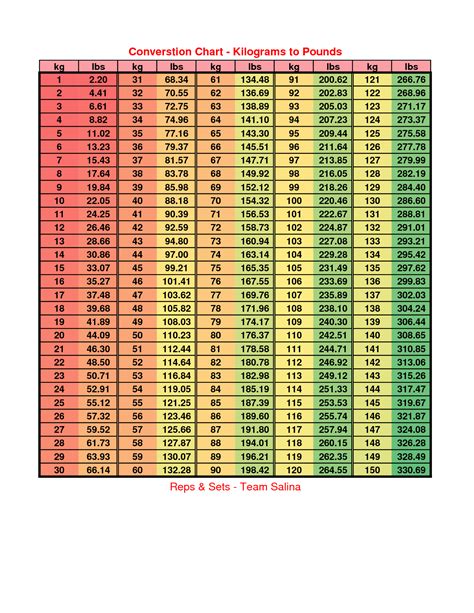10+ Carpal Joints Horse Tips For Reduced Injury

Carpal joints in horses are a complex system that plays a crucial role in the animal's mobility and overall health. The carpal joints, located in the horse's wrist, are prone to injuries and conditions that can significantly impact the horse's performance and quality of life. As a responsible horse owner or caregiver, it is essential to understand the importance of carpal joint health and take proactive steps to reduce the risk of injury. In this article, we will provide 10+ tips for reducing carpal joint injuries in horses, along with expert insights and real-world examples.
Understanding Carpal Joints in Horses

The carpal joints are a system of bones, ligaments, and tendons that connect the radius and ulna bones in the horse’s forearm to the carpal bones in the wrist. This complex system allows for flexion, extension, and rotation of the horse’s wrist, enabling it to move and perform various activities. However, the carpal joints are also susceptible to injuries and conditions, such as osteochondritis dissecans, fractures, and ligament sprains, which can be debilitating and costly to treat.
Carpal Joint Anatomy and Function
To appreciate the importance of carpal joint health, it is essential to understand the anatomy and function of this complex system. The carpal joints consist of several bones, including the radius, ulna, and carpal bones, which are held together by ligaments and tendons. The joint is also surrounded by a synovial membrane, which produces synovial fluid to lubricate the joint and reduce friction. Any damage or inflammation to these structures can lead to pain, stiffness, and reduced mobility in the horse.
| Carpal Joint Structure | Description |
|---|---|
| Radius and Ulna Bones | Forearm bones that connect to the carpal bones |
| Carpal Bones | Wrist bones that form the carpal joint |
| Ligaments and Tendons | Connective tissue that holds the joint together |
| Synovial Membrane | Produces synovial fluid to lubricate the joint |

10+ Tips for Reducing Carpal Joint Injuries in Horses

While carpal joint injuries can be unpredictable, there are several steps that horse owners and caregivers can take to reduce the risk of injury and promote overall equine health. Here are 10+ tips for reducing carpal joint injuries in horses:
- Provide Proper Nutrition: A balanced diet that includes essential nutrients, such as calcium, phosphorus, and vitamin D, can help promote healthy bone growth and development.
- Ensure Adequate Exercise: Regular exercise can help maintain joint mobility and reduce the risk of injury. However, it is essential to avoid overexertion and provide regular breaks to prevent fatigue.
- Use Proper Equipment: Using proper equipment, such as saddles and bridles, can help reduce the risk of injury by distributing pressure evenly and avoiding unnecessary stress on the carpal joints.
- Monitor Hoof Health: Hoof health is critical to overall equine health, and regular trimming and shoeing can help prevent issues that can lead to carpal joint injuries.
- Avoid Hard Surfaces: Hard surfaces, such as concrete or asphalt, can be detrimental to equine joints, including the carpal joints. Providing a soft, cushioned surface for exercise and turnout can help reduce the risk of injury.
- Provide Regular Veterinary Care: Regular veterinary check-ups can help identify potential issues before they become major problems, reducing the risk of carpal joint injuries and promoting overall equine health.
- Use Joint Supplements: Joint supplements, such as glucosamine and chondroitin, can help promote healthy joint function and reduce the risk of injury.
- Avoid Over-Jumping: Over-jumping can put excessive stress on the carpal joints, leading to injury. Providing regular breaks and avoiding excessive jumping can help reduce the risk of injury.
- Provide Adequate Rest: Adequate rest and recovery are essential for equine health, and providing regular breaks can help reduce the risk of carpal joint injuries.
- Monitor for Signs of Injury: Monitoring for signs of injury, such as lameness or swelling, can help identify potential issues before they become major problems.
Real-World Examples of Carpal Joint Injuries in Horses
Carpal joint injuries can have a significant impact on equine health and performance. For example, a horse that suffers a carpal joint fracture may require surgery and extended recovery time, resulting in significant costs and lost training time. Similarly, a horse that develops osteochondritis dissecans may require regular veterinary care and management to prevent further injury and promote healing.
What are the most common causes of carpal joint injuries in horses?
+The most common causes of carpal joint injuries in horses include overexertion, poor nutrition, and inadequate veterinary care. Additionally, factors such as genetics, conformation, and management practices can also contribute to the risk of carpal joint injuries.
How can I prevent carpal joint injuries in my horse?
+To prevent carpal joint injuries in your horse, provide proper nutrition, ensure adequate exercise, and use proper equipment. Additionally, monitor hoof health, avoid hard surfaces, and provide regular veterinary care to reduce the risk of injury.
What are the signs of a carpal joint injury in a horse?
+The signs of a carpal joint injury in a horse may include lameness, swelling, or stiffness in the affected joint. Additionally, the horse may exhibit pain or discomfort when moving or bearing weight on the affected joint.

